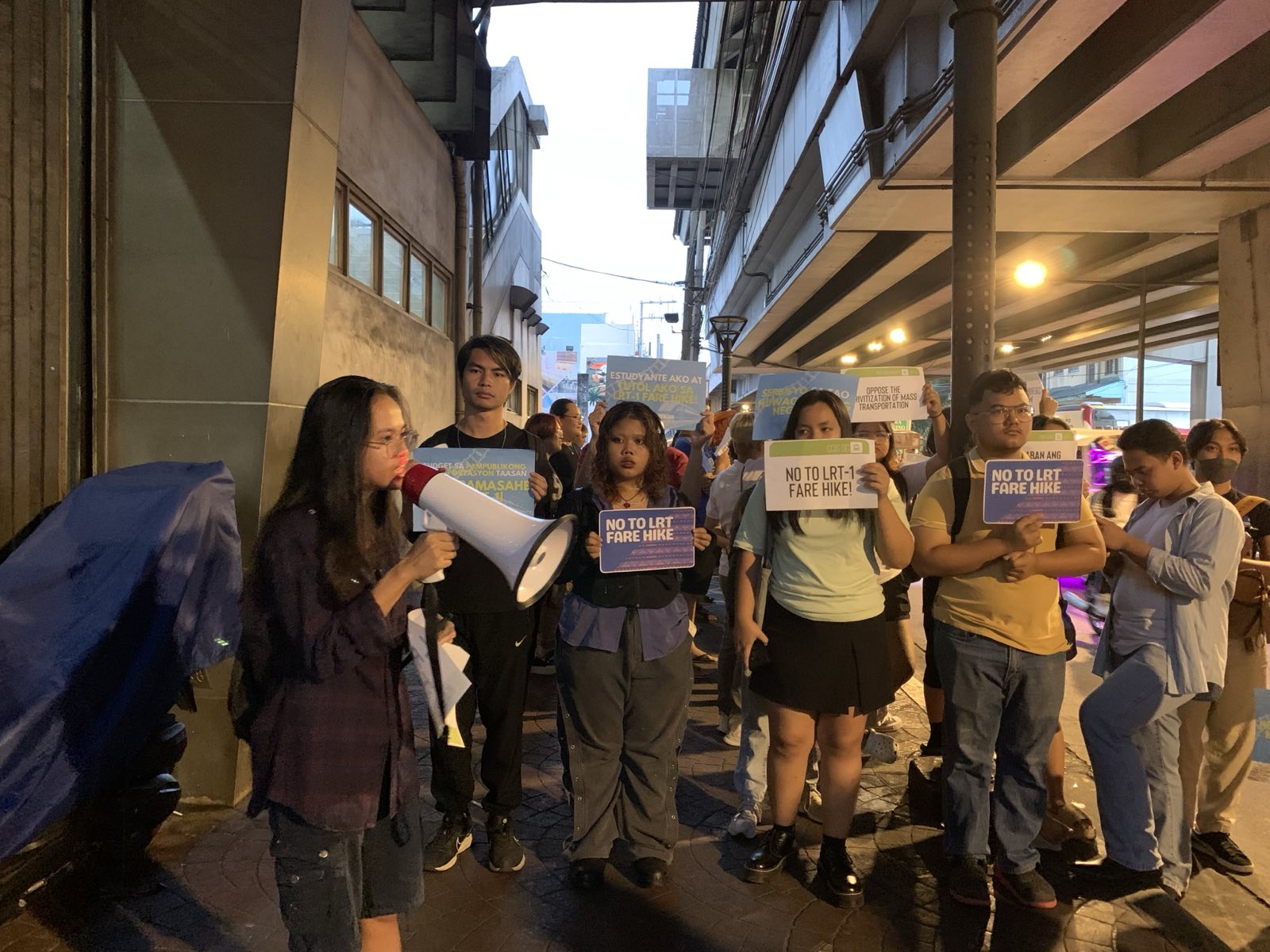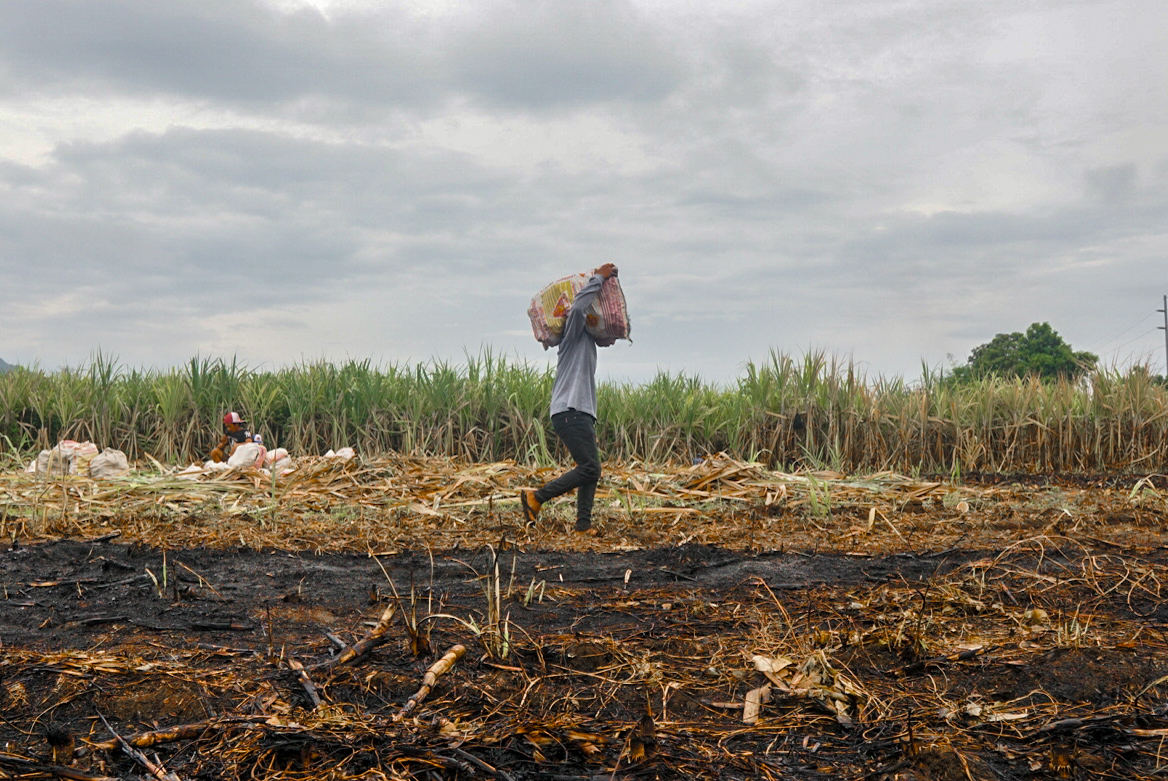On June 5, Siquijor declared a state of calamity as blackouts tore through the province, leaving some municipalities with only two hours of electricity daily. Such power deficits on top of exorbitant electricity costs hinder efforts to adapt to the climate crisis that continues to shutter schools for days, whether through stifling heat or pouring rain.
But for corporate interests, it is business as usual. On June 17, the Supreme Court ruled that billionaire Enrique Razon’s MORE Electric and Power Corporation may expand its electricity distribution across Iloilo. This is only one in a sea of recent boons for billionaires, rushing to construct new natural gas plants.
Billionaires continually profit off power production, jockeying for control of natural resources that once belonged to the commons at the expense of ordinary citizens.
What Does Our Energy Crisis Look Like?
Filipino consumers paid the most for electricity in Southeast Asia as of 2022, according to the Philippine Center for Investigative Journalism. State policy has long exacerbated burdens: The 2001 Electric Power Industry Reform Act (EPIRA) imposed fees for community electrification and environmental management on consumers.
Bills soar while energy capacity suffers. Last year, blackouts hit Panay as the National Grid Corporation of the Philippines failed to sustainably distribute power loads across coal-fired plants. Similarly stricken, Siquijor is supplied electricity by Villar-owned Siquijor Island Power Corporation, which was found to be responsible for poor maintenance by an Energy Regulatory Commission probe.
Mismanagement of the supposed increasingly scarce resource compounds deficits. For decades, gas wells at Malampaya and 362 million metric tons of mineable coal at various sites have served the archipelago. At its peak, Malampaya’s natural gas accounted for 40% of national energy needs, but current reserves risk running dry by 2027.
Imports make up for deficits. While President Ferdinand Marcos Jr. extended private drilling at Malampaya for 15 years, the Philippines began importing LNG in 2023, with 19 shipments arriving last year. In part due to a “more complicated supply chain,” LNG import costs could run up to over P100 billion annually, according to estimates by the Institute of Energy Economics and Financial Analysis.
Consumers’ reliance on importation grows while being shortchanged by corporations. On June 6, the Energy Regulatory Commission flagged 22 power generation companies, including subsidiaries of San Miguel Corporation (SMC), AboitizPower, and Lopez-owned First Gen Corporation for generating electricity below maximum declared capacities without providing sufficient justification.
Behind these corporations are the names of some of the Philippines’s richest.
Who Competes for Grids and Gas Fields?
Billionaires exert control over every step of the power provision process, including shipping, extraction, generation, and distribution. Case in point is Razon, poised under his P50 billion deal with Lopez-owned First Gen to acquire gas assets, and who also drills under a 45% stake at Malampaya. Last year, San Miguel also began work preparatory to coal mining—vital for coal-fired plants— in South Cotabato under mining contracts spanning 17,000 hectares.
End-to-end control is coupled with winding buyouts and equity deals. The Razon-Lopez deal followed a nearly P200-billion series of acquisitions between Villar, Manny Pangilinan, and Sabin Aboitiz, which includes plans for a massive integrated LNG facility in the Verde Island Passage.
Historically, assets of the state-run National Power Corporation, which owned 90% of energy generating capacity and controlled transmission prior to EPIRA, were sold off in a privatization frenzy to industry players supposedly for efficiency and consumer affordability. Yet exorbitant rates only ensued as their profits multiplied 10 times in the succeeding decade. Major players, including Meralco, SMC, and Aboitiz Equity Ventures (AEV), are among the 500 largest firms in Southeast Asia.
SMC, AEV, and First Gen alone cumulatively shared 57.41% of national capacity as of the first quarter of 2025, dodging antitrust provisions as separate legal entities. This comes despite EPIRA‘s stipulation that no firm may own, operate, or control over 25% of national grid or 30% of individual grid capacity.
Such circumventions come amid billionaires and politicians’ frequent associations. Over a third of Congress, which passed legislation allowing simultaneous ownership of upstream and downstream gas ventures, belongs to parties backed by Razon, Manny Villar, or Ramon Ang. Sen. Ping Lacson was an independent director for a Razon firm, while siblings Mark and Camille Villar followed their parents into the Senate.
Billionaires also play intermediary to multinationals. In January, Singapore-based Atlantic Gulf & Pacific sold off gas plant operator Linseed Field Corporation to Pangilinan and Aboitiz-backed Chromite Gas and SMC’s energy subsidiary. In February, Tokyo Gas, Japan’s largest natural gas supplier, acquired a 20% stake in First Gen’s LNG subsidiary.
“Everyone loses except big power players: Meralco, San Miguel, and Aboitiz, who are leaving consumers no choice but to pay for more expensive electricity while their profits are soaring,” a 2024 statement by Power for People Coalition Convenor Gerry Arances reads.
How Can the Billionaires’ Hold Be Broken?
Dismantling reliance on corporate control of power infrastructure requires thorough restructuring across the board, entailing a domestic transition away from fossil fuels toward renewable energy. Renewables are already more affordable than coal in the Philippine context, according to a 2021 report by Clean, Affordable, Secure Energy for Southeast Asia Philippines.
For the Philippines, cues could come from clean energy leader Uruguay, which went from a massive energy importer and fossil fuel user in 2008 to a 98% renewable energy share while retaining nationalized distribution in 2019. Resources and revenue for such moves could come from instituting a long-proposed wealth tax on billionaires and exacting repayment from tax-evasive multinationals, as well as Global North countries.
That also involves a focus on community-driven renewable energy projects powered by solidarity against corporate connivance, such as in Kauswagan, Lanao del Norte, where communities and climate advocates successfully halted construction of a 600-megawatt LNG plant within an environmentally protected area by June 15.
Toilers and consumers most impacted by pollution, power prices, and horse-trading have the most to gain from taking the reins of production and democratically coordinating from the ground up to realize a nationalized, sustainable power industry.
Until then, tycoons will continue to take their profits. So monopolistic industry must be cut to size, and our national resources in power and elsewhere should be afforded for common use. ●







